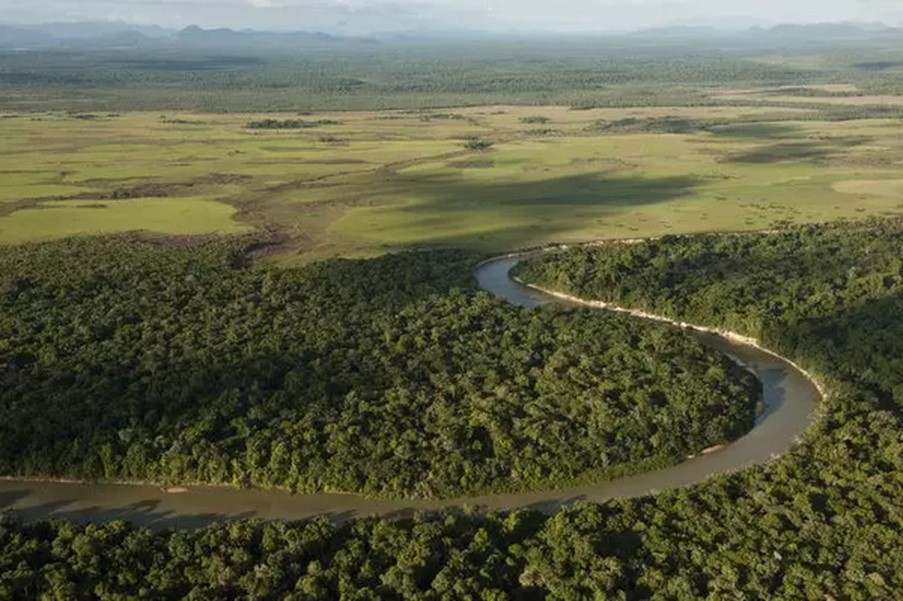Written by Evie Goodwin, Student Broadcast Journalist, University of Kent
Researchers at the Kent School of Anthropology and Conservation are helping to preserve and increase biodiversity globally by developing support tools for policy-makers and working closely with international governments and communities.
Professor Zoe G. Davies, Professor Robert J. Smith, Dr Matthew J. Struebig and Dr Jake E. Bicknell make up the Spatial Conservation research group in the Durrell Institute of Conservation and Ecology (DICE) at Kent. Their research ensures that governments and organisations have the support they need to meet conservation goals and develop well-informed practices to protect biodiversity.
One of the most important projects undertaken by Davies, Smith, Struebig and Bicknell is their contribution to new evidence-based strategies in place to conserve areas of high biodiversity in Guyana. The National Protected Areas System (NPAS) was greatly improved by the help of the Kent research team. In a pioneering new research method, the team enlisted the help of local and indigenous people in Guyana to create well-informed conservation strategies that would not disrupt existing land uses or compromise the needs of these groups. One of the protected areas identified is the North Rupununi, an area of wetland spanning 700,000 hectares with high levels of biodiversity. These wetlands are home to the Makushi people, who rely on the flora and fauna in the area as a major food source.

Through working with these communities and the Government of Guyana’s Protected Areas Commission, the team were able to identify 2 million hectares of land in need of protection between 2012-2016. Prior to their involvement in developing the decision-support framework, only 8.5% of the land in Guyana was protected. The president of Guyana has now committed to achieving a target of 17% by 2023, based on the research from Kent’s Spatial Conservation group.

Another vital tool for protecting biodiversity is the Key Biodiversity Area (KBA) approach. This existing decision-support tool used internationally by governments, donors, and NGO’s was improved with the help of Professor Smith alongside the International Union for the Conservation of Nature (IUCN). The new approach makes it easier to identify areas of high biodiversity in order to better protect them. Smith’s research helped to develop the approach to suit specific area needs using systematic conservation planning analyses. Since its launch in 2016, the new KBA standard has helped to identify more than 16,000 areas of high species diversity globally, and safeguard populations of over 13,100 species of conservation concern.
Without the research of Davies, Smith, Struebig and Bicknell, many highly-specialised, context specific support tools relied on by governments, NGO’s and organisations would not exist. Through their research and assistance in the development of multiple decision-support resources, it is easier than ever to determine ways to protect our natural environment and conserve endangered species globally.

